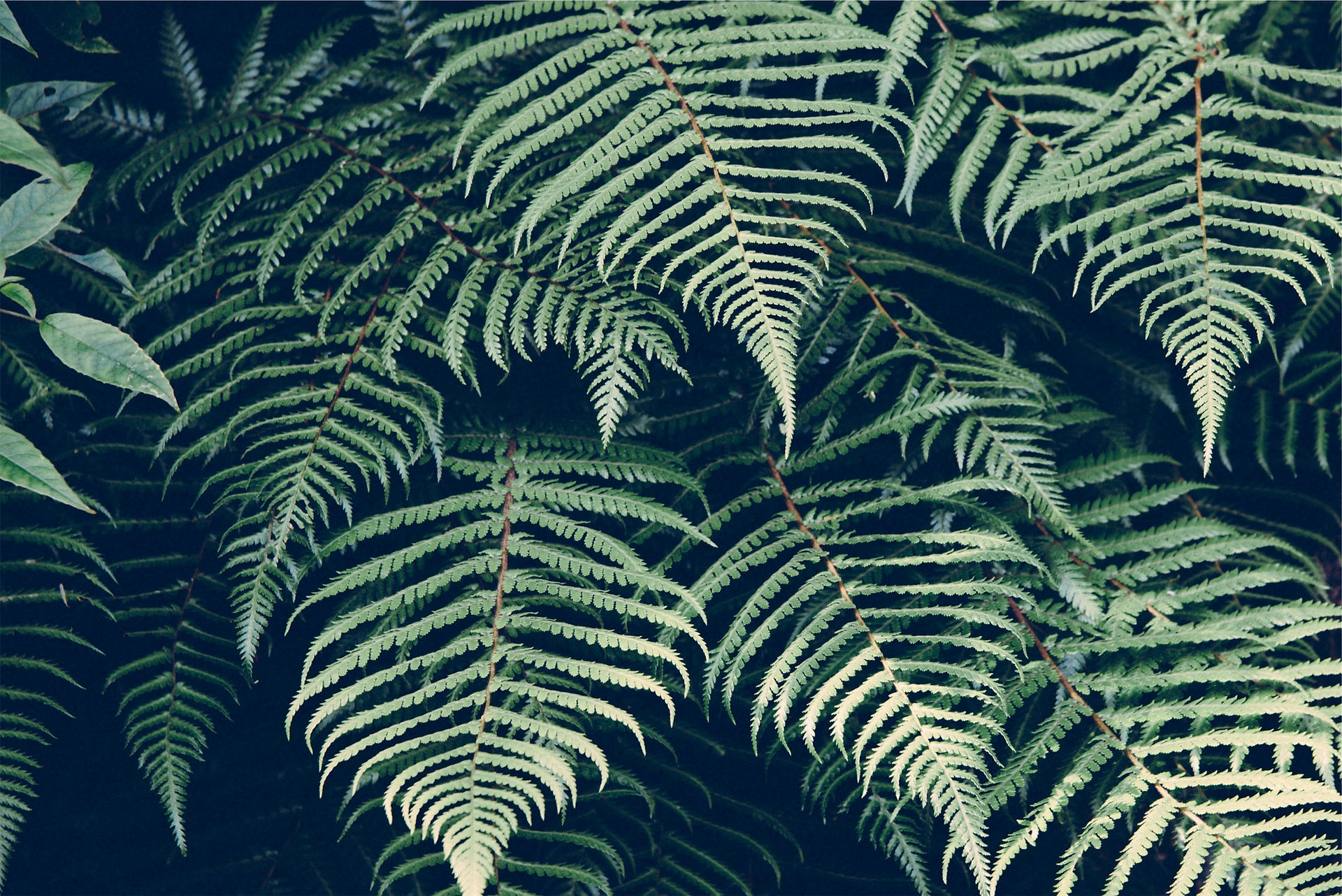Philippine Forest Turtle
- juliusericlingabio
- Nov 17, 2015
- 2 min read

Siebenrockiella leytensis is a species of freshwater turtle endemic to the Philippines. It is classified as critically endangered. It is known as the Philippine forest turtle, the Philippine pond turtle, the Palawan turtle, or the Leyte pond turtle. Despite the latter common name, it does not occur in the island of Leyte but is instead native to the Palawan island group Philippine forest turtles are readily recognizable by their ginkgo-shaped vertebral scutes and a pale white to yellow line traversing across its head behind the ears. The previous characteristic has earned it the nickname of 'bowtie turtle'. Philippine forest turtles are classified under the subgenus Panyaenemys. Together with the smiling terrapin (Siebenrockiella crassicollis), it is one of the two species in the genus Siebenrockiella. The Philippine forest turtle (Siebenrockiella leytensis) belongs to Kingdom Animalia, Phylum Chordata. Under Class Reptilia. Order Testudines means (in ancient Rome) a screen on wheels and with an arched roof, used to protect besieging troops. From the Family of Geoemydidae means one of the largest and most diverse families in the order Testudines (turtles), with about 70 species. The family includes the Eurasian pond and river turtles and Neotropical wood turtles. Genus Siebenrockiella, genus of black marsh turtles. Species S. Leytensis.
Gross Moprhology

The head which has Brown in color, light lines behind its head, temple have spots of light brown to orange to red, absence of temporal arches in the skull. The Thorax which has Plastron is reddish brown to black, sometime with mark of yellow. The Back has brown to reddish brown to black carapaces with a length of 30 cm, ginkgo-shaped vertebral scutes, keel is only present in the posterior vertebral scutes or absent together, marginal scutes projecting beyond cervical scutes. The hindlimbs and forelimbs has skin covered with tiny tubercles. And lastly, the tail is light brown in color.
Animal Description

It can be found mostly in the freshwaters of Northern Palawan and lowland forest. They could lay 1-2 eggs with an average size of 49.6 x 26.5 mm and weigh 18-30 g. the eggs are brittle-shelled, oblong, and pale pink in color. Male will reach his tail where his cloaca houses his penis underneath the back end of the female's shell to penetrate and inseminate the female's cloaca. They breathe through their lungs with the help of two sets of special muscles. One set pulls the other body organs away from the lungs, filling the lungs with air. Then a second set of muscles pulls the organs against the lungs, forcing the air out. One deep breath can last for several hours. They excrete waste through the cloaca. They are mainly fed on aquatic plants, figs, small fishes and crustaceans.
Taxonomical Classification



Comments